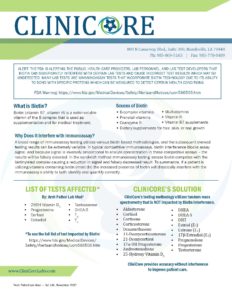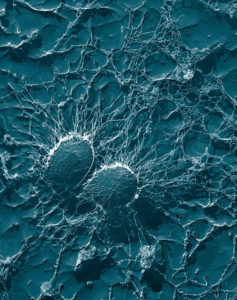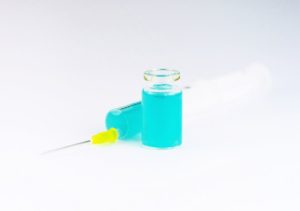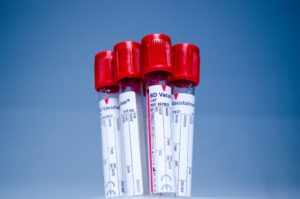Note: For children < or = 6 months old: < or = 1.2 ng/ml.
DHT has been called the “principal prostatic androgen.”36 Levels of this hormone remain fairly constant with age, in spite of a decrease in plasma testosterone. The levels of this hormone are not elevated in benign prostatic hyperplasia (BPH).
Patients with prostate disease usually undergo treatment with 5-alpha reductase inhibitor (e.g. finasteride) which reduces conversion of testosterone to DHT. Patients with genetic deficiency in 5-alpha reductase (a rare disease) will also show reduced DHT concentrations.
DHT should serve as the primary marker of peripheral androgen production, but does not reflect peripheral androgen action. It is quickly metabolized and has a very high affinity for sex hormone binding globulin. A better marker of peripheral androgen action would be DHT metabolite, 3-alpha-17-beta-androstanediol glucuronide.
DHT is thought to have a relationship to male pattern baldness (androgenetic alopecia, AGA). The relationship is hypothesized as DHT is formed from testosterone by an enzyme called 5-alpha reductase. This enzyme is found in high concentrations in both the “frontal scalp and genital skin and androgen dependent processes are predominantly due to the binding of DHT to the androgen receptor.” Treatment of male pattern baldness using hair growth promoters and enzyme modulators has been limited and there may be other cofactors having an effect.
References:
36. http://www.mayomedicallaboratories.com/test-catalog/Clinical+and+Interpretive/81479




